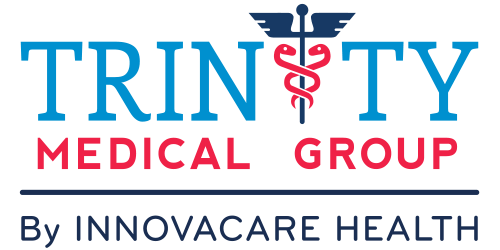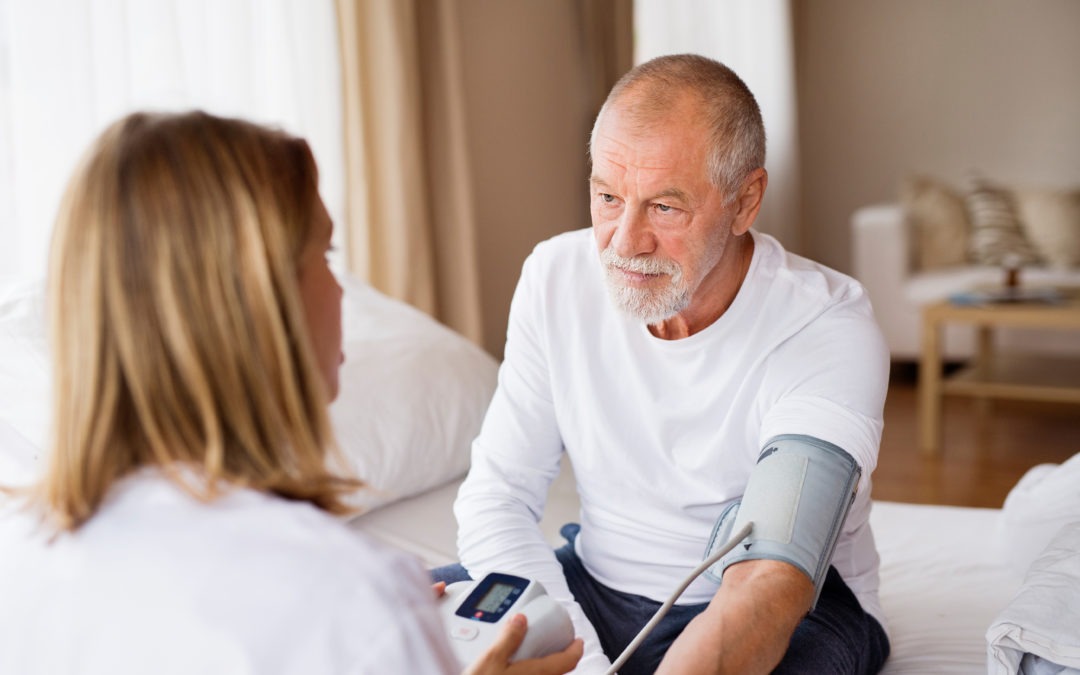One of the first things to happen when you visit the doctor or urgent care center is to get your blood pressure taken. This is a quick and easy way to assess your health status and get a clear snapshot of how you are feeling. You’re given two numbers, the first one higher than the second, and somehow they serve as an indicator for your health.
Blood pressure readings can be confusing if you’re not in the medical field. What do those numbers mean exactly? We’ll share the medical definition and terms and then tell you exactly what they mean in an easy-to-understand way.
A normal blood pressure reading is 120/80 or lower. The top number of the blood pressure reading is called the systolic pressure, and the lower number is diastolic. Systolic represents how much pressure or force your blood is exerting on your artery walls at the moment when the heart beats. Diastolic is the amount of pressure or force your blood is exerting against your artery walls while the heart rests–or in between the beats of the heart.
As much as 50% of Americans suffer from hypertension, or high blood pressure, which places us at a greater risk for other health conditions such as heart disease and stroke. If you find out that your blood pressure is high, it’s important that you take the necessary steps to lower it safely. Here are some tips on how to manage and even lower your blood pressure.
Ways to Manage Your Blood Pressure
Reduce sodium intake
Sodium is one of the biggest culprits in high blood pressure diagnosis. Many people don’t realize that a large amount of their sodium intake comes from processed foods. When you work on reducing your sodium intake, it’s important to not only cut out the extra table salt from your diet but also to read labels and make sure you stay within the recommended daily limits for sodium. The American Heart Association recommends staying under 2,300 milligrams a day at a maximum. Ideally, they recommend only 1,500 mg per day for adults.
Add exercise into your day
As little as 10 minutes a day of light activity, such as walking, can help bring your blood pressure down to an acceptable range, especially if you’re someone that is sedentary. If you work at a desk job, take a few minutes on your lunch break to walk around. You can add small increments of movement into your day by doing things like parking away from the entrance to your work and using the stairs instead of the elevator. The more movement you can incorporate into your day, the better.
Maintain a healthy weight
They say that being even 10 pounds overweight can contribute to higher blood pressure readings. Watching your sodium intake sometimes has the added benefit of helping you reduce some of this weight, but if you’re already careful about your sodium intake, you can try other ways to take a few pounds off. Calorie counting and exercising are the most effective ways to safely reduce your weight.
Talk to your doctor
The most important step you can take in managing your blood pressure is having open and honest communication with your doctor about your lifestyle and determining if you need blood pressure medication. Any of the health practitioners at Trinity Medical Group can help you take the steps you need to get your blood pressure in check.
Resources for Learning About and Managing Hypertension (High Blood Pressure)
The CDC Fact Sheet on Hypertension
The NIH National Library of Medicine Medline Plus Fact Sheet on Hypertension
The American Heart Association High Blood Pressure Resources
___________________________
This article provides information on general health and health-related subjects. The information and other content provided by this article, or in any linked references, is not intended as a substitute for professional medical expertise and should not be used to replace the advice of your own healthcare provider.
If you or any other person under your care has a medical concern, consult with your health care provider or seek professional medical treatment. Do not disregard professional medical advice or delay in seeking treatment because of something read in this article or in any linked materials.
If you think you are experiencing a medical emergency, call your doctor or dial 911 for immediate emergency services.

 Call Lakeland
Call Lakeland
